Home>Furniture & Design>Bathroom Accessories>How To Disinfect A Toothbrush
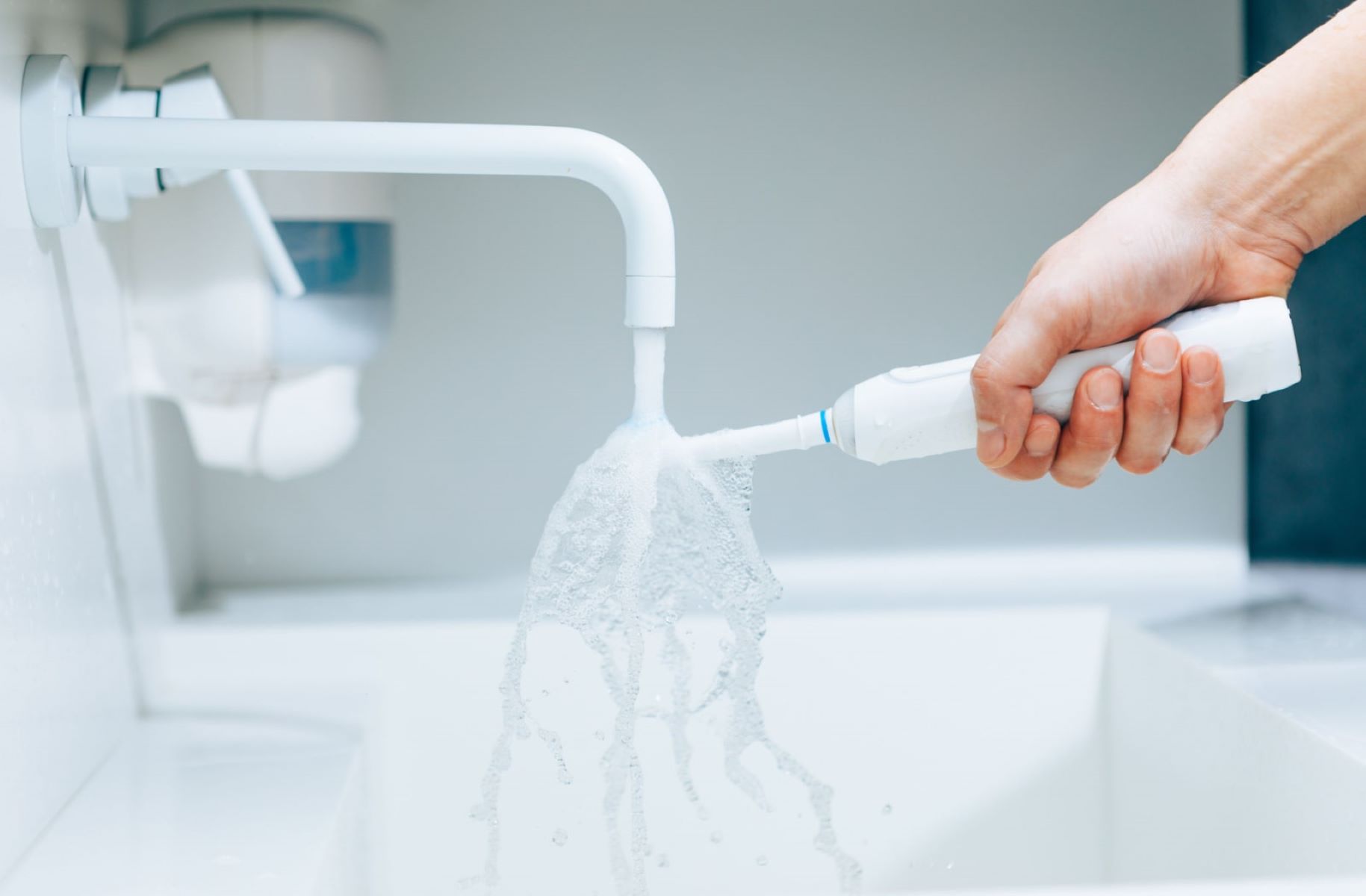

Bathroom Accessories
How To Disinfect A Toothbrush
Modified: April 22, 2024
Learn effective ways to disinfect bathroom accessories like toothbrushes. Keep your oral hygiene in check with these simple tips.
(Many of the links in this article redirect to a specific reviewed product. Your purchase of these products through affiliate links helps to generate commission for Storables.com, at no extra cost. Learn more)
Introduction
Maintaining good oral hygiene is essential for overall health, and one often-overlooked aspect of this routine is ensuring that your toothbrush remains clean and free from harmful bacteria. A toothbrush is a daily tool in our oral care routine, but it can also be a breeding ground for bacteria if not properly cared for. This article will explore the importance of disinfecting your toothbrush and provide various methods to ensure that your oral care tool remains clean and safe to use.
A toothbrush is exposed to a myriad of bacteria, viruses, and other microorganisms every time it is used. These microorganisms can come from various sources, including the mouth, the environment, and even the water in which the toothbrush is rinsed. Without proper disinfection, these microorganisms can accumulate on the bristles of the toothbrush, posing a potential risk of reintroducing harmful bacteria into the mouth during brushing.
In addition to the external sources of contamination, our mouths are home to millions of bacteria, some of which can survive on the toothbrush bristles. This can lead to the growth of harmful bacteria and other microorganisms on the toothbrush, which may contribute to oral health issues if not addressed.
By understanding the importance of maintaining a clean toothbrush, individuals can take proactive steps to minimize the risk of bacterial contamination and promote better oral health. This article will delve into various methods for disinfecting a toothbrush, providing readers with practical and effective strategies to ensure their oral care tool remains clean and safe for daily use.
Key Takeaways:
- Keep your toothbrush clean to prevent harmful bacteria from accumulating. Use mouthwash, boiling, hydrogen peroxide, or UV sanitizers for effective disinfection.
- Regularly rinse, air dry, and replace your toothbrush to maintain optimal oral hygiene. Avoid sharing toothbrushes and keep holders clean for a healthier mouth.
Read more: How To Disinfect An Electric Toothbrush
Why Disinfecting Your Toothbrush is Important
Maintaining a clean toothbrush is crucial for overall oral hygiene. Every time a toothbrush is used, it comes into contact with various microorganisms, including bacteria, viruses, and fungi. These microorganisms can originate from the mouth, the surrounding environment, and even the water used for rinsing. Without proper disinfection, these microorganisms can accumulate on the bristles of the toothbrush, creating a potential breeding ground for harmful bacteria.
The human mouth is home to a diverse array of bacteria, some of which can survive on toothbrush bristles. If left unchecked, these bacteria can multiply and lead to the growth of harmful microorganisms on the toothbrush. When a contaminated toothbrush is used for brushing, there is a risk of reintroducing these harmful microorganisms into the mouth, potentially leading to oral health issues.
Furthermore, failing to disinfect a toothbrush can contribute to the spread of illnesses. In shared spaces, such as bathrooms, toothbrushes can easily come into contact with the microorganisms of others, leading to the potential transmission of infections. This is particularly concerning in households where individuals may be more susceptible to infections, such as those with compromised immune systems.
Properly disinfecting a toothbrush is especially important for individuals with oral health conditions or compromised immune systems. For example, individuals with gum disease or those who have recently undergone dental procedures are more susceptible to bacterial infections. By regularly disinfecting their toothbrushes, these individuals can reduce the risk of exacerbating their oral health conditions and aid in the healing process.
In summary, the importance of disinfecting a toothbrush cannot be overstated. It is a simple yet effective measure to minimize the risk of bacterial contamination, prevent the spread of illnesses, and promote overall oral health. By incorporating regular toothbrush disinfection into their oral care routine, individuals can take proactive steps to safeguard their oral health and well-being.
Methods for Disinfecting Your Toothbrush
Ensuring that your toothbrush remains free from harmful bacteria and microorganisms is essential for maintaining good oral hygiene. Fortunately, there are several effective methods for disinfecting your toothbrush, each offering unique benefits. By incorporating these methods into your oral care routine, you can minimize the risk of bacterial contamination and promote a cleaner, healthier mouth.
Using Mouthwash
One simple and convenient method for disinfecting your toothbrush is to soak the bristles in mouthwash. Mouthwash contains antiseptic properties that can help eliminate bacteria and germs from the bristles. To use this method, simply pour enough mouthwash into a clean container to submerge the bristles of the toothbrush. Allow the toothbrush to soak for several minutes, ensuring that the bristles are fully immersed. After soaking, thoroughly rinse the toothbrush with water to remove any residual mouthwash before use.
Boiling Your Toothbrush
Boiling your toothbrush in water is another effective way to disinfect it. Boiling water is known for its ability to kill a wide range of microorganisms, making it an excellent natural disinfectant. To utilize this method, bring a pot of water to a rolling boil and carefully place the toothbrush in the water. Allow the toothbrush to boil for 3-5 minutes, ensuring that all parts are fully submerged. After boiling, remove the toothbrush and allow it to cool before use.
Using Hydrogen Peroxide
Hydrogen peroxide is a powerful disinfectant that can be used to clean and sanitize your toothbrush. To employ this method, simply pour a small amount of hydrogen peroxide into a clean cup or container. Submerge the bristles of the toothbrush in the hydrogen peroxide and allow it to soak for 10-15 minutes. After soaking, thoroughly rinse the toothbrush with water to remove any residual hydrogen peroxide before use.
Using UV Sanitizers
UV sanitizers are devices specifically designed to disinfect toothbrushes using ultraviolet light. These devices are convenient and effective, as they can eliminate up to 99.9% of bacteria and germs on the toothbrush. To use a UV sanitizer, simply place the toothbrush inside the device and activate the sanitizing cycle. After the designated time, the toothbrush will be thoroughly disinfected and ready for use.
By incorporating these methods into your oral care routine, you can ensure that your toothbrush remains clean and free from harmful bacteria. Regularly disinfecting your toothbrush is a simple yet effective way to promote better oral hygiene and minimize the risk of bacterial contamination. With these methods at your disposal, you can maintain a cleaner, healthier mouth and contribute to overall oral well-being.
Using Mouthwash
Using mouthwash to disinfect your toothbrush is a simple and effective method that can help eliminate bacteria and germs from the bristles. Mouthwash contains antiseptic properties, typically including ingredients such as alcohol and essential oils, which are known for their ability to kill bacteria and freshen breath. By utilizing mouthwash to disinfect your toothbrush, you can harness these beneficial properties to maintain a cleaner and healthier oral care tool.
To employ this method, start by selecting a suitable mouthwash that contains antibacterial and antiseptic properties. Pour enough mouthwash into a clean container to submerge the bristles of the toothbrush fully. It's important to ensure that the container is clean to prevent any additional contamination during the disinfection process.
Once the mouthwash is in the container, carefully place the toothbrush inside, ensuring that the bristles are fully immersed. Allow the toothbrush to soak in the mouthwash for several minutes to ensure that the antibacterial properties have sufficient time to work on eliminating any harmful microorganisms present on the bristles.
After the soaking period, remove the toothbrush from the container and thoroughly rinse it with water to remove any residual mouthwash. It's essential to rinse the toothbrush thoroughly to ensure that no traces of mouthwash remain, as ingesting mouthwash can be harmful.
Once rinsed, allow the toothbrush to air dry before using it again. This method is particularly convenient as it can be easily incorporated into your oral care routine, requiring minimal effort and time. Additionally, the refreshing properties of the mouthwash can leave your toothbrush with a pleasant scent, enhancing the overall brushing experience.
By regularly disinfecting your toothbrush with mouthwash, you can effectively minimize the risk of bacterial contamination and promote better oral hygiene. This simple yet impactful method can contribute to maintaining a cleaner and healthier mouth, providing peace of mind regarding the cleanliness of your oral care tools. Incorporating the use of mouthwash for toothbrush disinfection into your oral care routine can be a valuable step towards ensuring optimal oral health and well-being.
Boiling Your Toothbrush
Boiling your toothbrush in water is a simple yet highly effective method for disinfecting it. Boiling water is known for its ability to kill a wide range of microorganisms, making it an excellent natural disinfectant. This method is particularly beneficial for individuals seeking a straightforward and accessible approach to ensure the cleanliness of their toothbrush.
To begin, bring a pot of water to a rolling boil on the stovetop. It's important to use enough water to fully submerge the toothbrush and ensure that all parts are thoroughly disinfected. Once the water reaches a rolling boil, carefully place the toothbrush in the pot, ensuring that the bristles are fully immersed. Allow the toothbrush to boil in the water for 3-5 minutes, ensuring that it is exposed to the high temperature for an adequate duration.
Boiling water at this temperature is effective in killing a wide range of microorganisms, including bacteria, viruses, and fungi, that may be present on the toothbrush. The high heat disrupts the cellular structure of these microorganisms, rendering them inactive and effectively disinfecting the toothbrush.
After the boiling process is complete, carefully remove the toothbrush from the pot using tongs or a utensil to avoid any potential burns. Allow the toothbrush to cool completely before use. It's important to ensure that the toothbrush is thoroughly cooled to avoid any discomfort or potential damage from the high temperature.
Once cooled, the toothbrush is ready for use, providing peace of mind regarding its cleanliness and safety for oral care. This method is particularly advantageous for its simplicity and accessibility, as boiling water is readily available in most households and requires minimal additional resources.
By incorporating the practice of boiling your toothbrush into your oral care routine, you can effectively eliminate harmful microorganisms and minimize the risk of bacterial contamination. This straightforward and reliable method offers a practical approach to maintaining a clean and hygienic toothbrush, contributing to overall oral health and well-being.
Read more: How To Disinfect Toothbrush After Covid?
Using Hydrogen Peroxide
Using hydrogen peroxide to disinfect your toothbrush is a highly effective method that can help eliminate bacteria and germs from the bristles. Hydrogen peroxide is a powerful disinfectant known for its ability to kill a wide range of microorganisms, making it an excellent choice for maintaining a clean and hygienic toothbrush.
To employ this method, start by pouring a small amount of hydrogen peroxide into a clean cup or container. It's important to ensure that the container is clean to prevent any additional contamination during the disinfection process. Submerge the bristles of the toothbrush in the hydrogen peroxide, ensuring that they are fully immersed. Allow the toothbrush to soak in the hydrogen peroxide for 10-15 minutes, providing ample time for the disinfectant properties to work on eliminating any harmful microorganisms present on the bristles.
After the soaking period, remove the toothbrush from the hydrogen peroxide and thoroughly rinse it with water to remove any residual disinfectant. It's essential to rinse the toothbrush thoroughly to ensure that no traces of hydrogen peroxide remain, as ingesting hydrogen peroxide can be harmful.
Once rinsed, allow the toothbrush to air dry before using it again. This method is particularly convenient as it can be easily incorporated into your oral care routine, requiring minimal effort and time. The powerful disinfectant properties of hydrogen peroxide can effectively eliminate bacteria and germs, providing assurance of a clean and hygienic toothbrush for daily use.
Hydrogen peroxide is widely recognized for its antiseptic and antibacterial properties, making it a reliable choice for disinfecting oral care tools. By regularly disinfecting your toothbrush with hydrogen peroxide, you can effectively minimize the risk of bacterial contamination and promote better oral hygiene. This simple yet impactful method can contribute to maintaining a cleaner and healthier mouth, providing peace of mind regarding the cleanliness of your oral care tools. Incorporating the use of hydrogen peroxide for toothbrush disinfection into your oral care routine can be a valuable step towards ensuring optimal oral health and well-being.
Using UV Sanitizers
UV sanitizers are innovative devices designed to effectively disinfect toothbrushes using ultraviolet light. These sanitizers offer a convenient and efficient method for eliminating up to 99.9% of bacteria and germs present on the toothbrush, providing a reliable solution for maintaining a clean and hygienic oral care tool.
The process of using a UV sanitizer is straightforward and requires minimal effort. To disinfect a toothbrush using a UV sanitizer, simply place the toothbrush inside the device and activate the sanitizing cycle. The device emits ultraviolet light, which penetrates the bristles of the toothbrush, effectively targeting and neutralizing harmful microorganisms.
The ultraviolet light emitted by the sanitizer works by disrupting the DNA and cellular structure of bacteria, viruses, and fungi, rendering them inactive and unable to reproduce. This process effectively eliminates the majority of microorganisms present on the toothbrush, significantly reducing the risk of bacterial contamination.
UV sanitizers are particularly beneficial for their speed and efficiency. Most devices are designed to complete the sanitizing cycle within a few minutes, making it a convenient option for individuals with busy lifestyles. Additionally, UV sanitizers are suitable for various types of toothbrushes, including manual and electric models, providing a versatile solution for maintaining oral hygiene.
Furthermore, UV sanitizers offer a non-chemical approach to disinfection, making them a suitable choice for individuals seeking a natural and environmentally friendly method for cleaning their toothbrushes. By harnessing the power of ultraviolet light, these devices provide a safe and effective means of promoting better oral hygiene without the use of harsh chemicals.
In addition to their primary function of disinfecting toothbrushes, UV sanitizers also serve as storage units, keeping toothbrushes protected from environmental contaminants between uses. This dual functionality enhances the overall cleanliness and hygiene of the toothbrush, ensuring that it remains free from potential sources of contamination.
By incorporating a UV sanitizer into your oral care routine, you can effectively minimize the risk of bacterial contamination and promote better oral hygiene. The convenience, efficiency, and non-chemical nature of UV sanitizers make them a valuable addition to maintaining a cleaner and healthier mouth, providing peace of mind regarding the cleanliness of your oral care tools. Utilizing a UV sanitizer for toothbrush disinfection can be a practical and beneficial step towards ensuring optimal oral health and well-being.
Soak your toothbrush in a solution of 3% hydrogen peroxide or mouthwash for 10 minutes to disinfect it. Rinse thoroughly before using.
Tips for Maintaining a Clean Toothbrush
Ensuring that your toothbrush remains clean and free from harmful bacteria is essential for promoting optimal oral hygiene. In addition to regular disinfection methods, there are several tips and practices that can contribute to maintaining a clean toothbrush and minimizing the risk of bacterial contamination.
-
Rinse Thoroughly: After each use, thoroughly rinse your toothbrush under running water to remove any remaining toothpaste, food particles, and saliva. Rinsing the bristles helps wash away potential sources of bacterial growth, keeping the toothbrush clean between uses.
-
Allow Proper Air Circulation: After rinsing, store your toothbrush in an upright position to allow for proper air circulation and drying. Avoid covering the toothbrush or storing it in closed containers, as moisture can promote the growth of bacteria. Allowing the toothbrush to air dry between uses helps prevent the accumulation of moisture and reduces the risk of bacterial proliferation.
-
Replace Regularly: It's important to replace your toothbrush or toothbrush head every 3-4 months, or sooner if the bristles show signs of wear. Over time, the bristles can become frayed and less effective at cleaning, and the accumulation of bacteria may increase. By replacing your toothbrush regularly, you ensure that you are using a clean and effective oral care tool.
-
Avoid Sharing Toothbrushes: Sharing toothbrushes with others can lead to the transfer of bacteria and microorganisms, increasing the risk of infections. It's important to use and store your toothbrush separately from those of others, especially in shared spaces such as bathrooms.
-
Clean Toothbrush Holders: If you use a toothbrush holder or storage container, regularly clean and disinfect these items to prevent the accumulation of bacteria. Wash the holder with soap and water, and consider using a disinfectant solution to ensure that it remains clean and hygienic.
-
Consider Travel Cases: When traveling, use a toothbrush case or cover to protect the bristles from external contaminants. Travel cases provide a barrier between the toothbrush and potential sources of bacteria, ensuring that it remains clean and safe for use during travel.
By incorporating these tips into your oral care routine, you can effectively maintain a clean toothbrush and minimize the risk of bacterial contamination. These simple yet impactful practices contribute to promoting better oral hygiene and overall oral health, ensuring that your toothbrush remains a reliable tool for maintaining a cleaner and healthier mouth.
Conclusion
Maintaining a clean toothbrush is a fundamental aspect of promoting optimal oral hygiene and overall health. Throughout this article, we have explored the importance of disinfecting a toothbrush and provided various methods to ensure its cleanliness. By understanding the significance of maintaining a clean toothbrush and implementing effective disinfection practices, individuals can take proactive steps to minimize the risk of bacterial contamination and promote a healthier oral care routine.
The methods discussed, including using mouthwash, boiling the toothbrush, utilizing hydrogen peroxide, and employing UV sanitizers, offer practical and accessible approaches to disinfecting a toothbrush. Each method presents unique benefits, catering to diverse preferences and needs. Whether seeking a natural disinfection method, a convenient and efficient solution, or a non-chemical approach, individuals can choose the method that best aligns with their preferences and lifestyle.
In addition to the disinfection methods, the tips for maintaining a clean toothbrush provide valuable insights into daily practices that contribute to minimizing bacterial contamination. From thorough rinsing to proper storage and regular replacement, these tips offer simple yet impactful strategies for ensuring the cleanliness and hygiene of a toothbrush.
By incorporating these disinfection methods and maintenance tips into their oral care routines, individuals can foster a cleaner and healthier mouth, reducing the risk of bacterial contamination and promoting better oral hygiene. Furthermore, these practices contribute to overall well-being, as a clean toothbrush plays a vital role in preventing the spread of illnesses and maintaining oral health, particularly for individuals with specific oral health conditions or compromised immune systems.
In conclusion, the proactive disinfection of a toothbrush is a simple yet impactful measure that contributes to maintaining optimal oral hygiene and overall health. By prioritizing the cleanliness of their toothbrushes and implementing effective disinfection practices, individuals can take significant strides towards promoting a cleaner, healthier mouth and minimizing the risk of bacterial contamination. With the knowledge and strategies provided in this article, individuals can confidently integrate these practices into their daily oral care routines, ensuring that their toothbrush remains a reliable tool for maintaining optimal oral health and well-being.
Frequently Asked Questions about How To Disinfect A Toothbrush
Was this page helpful?
At Storables.com, we guarantee accurate and reliable information. Our content, validated by Expert Board Contributors, is crafted following stringent Editorial Policies. We're committed to providing you with well-researched, expert-backed insights for all your informational needs.
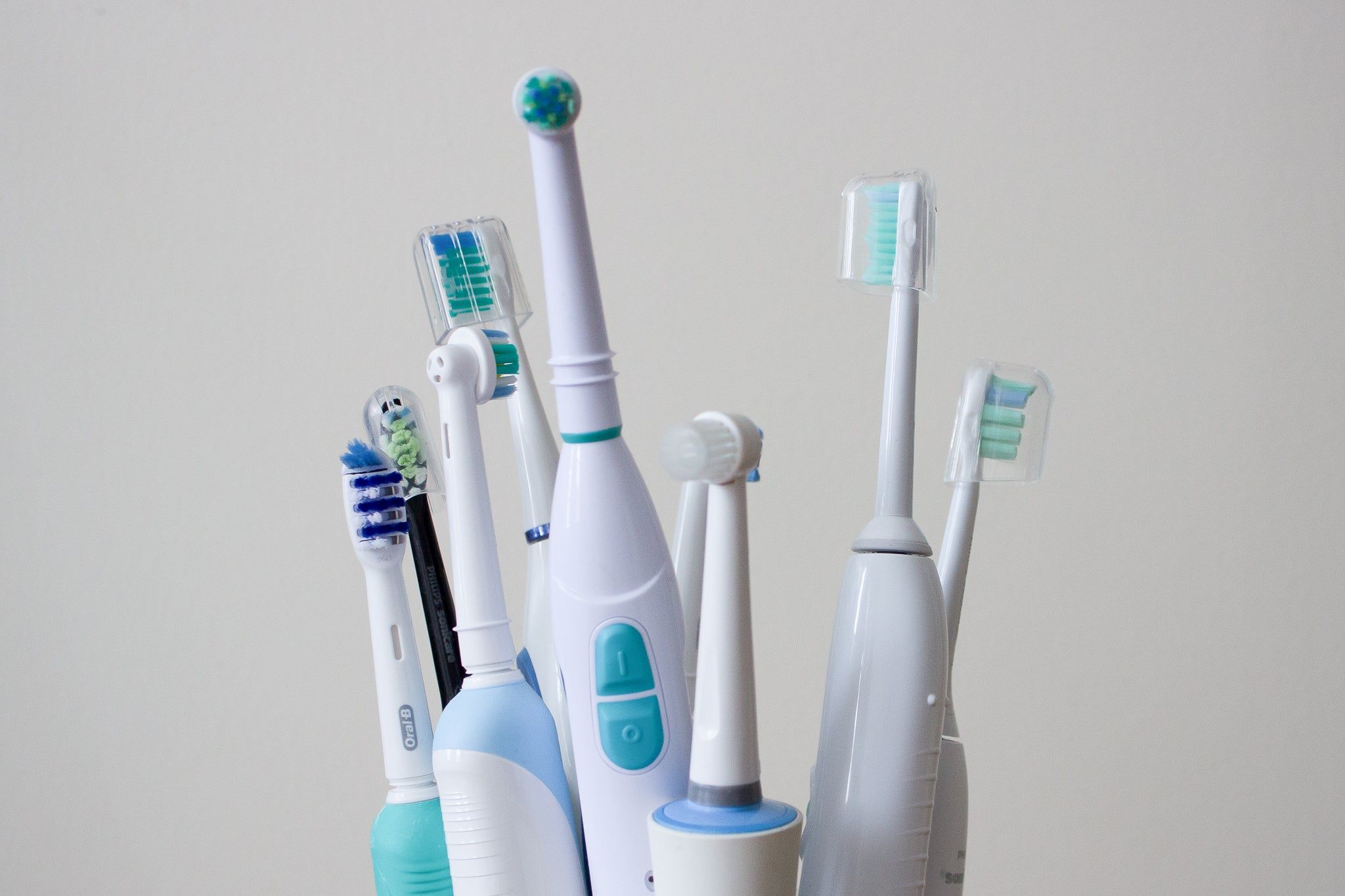
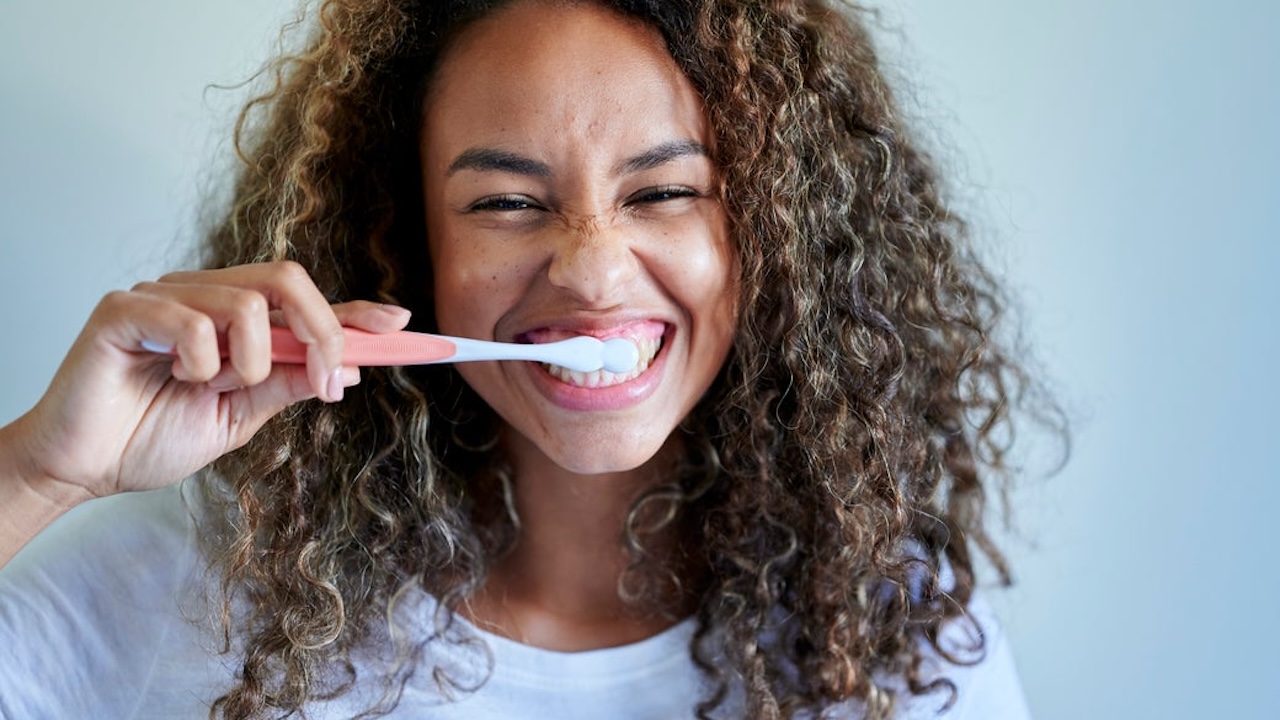

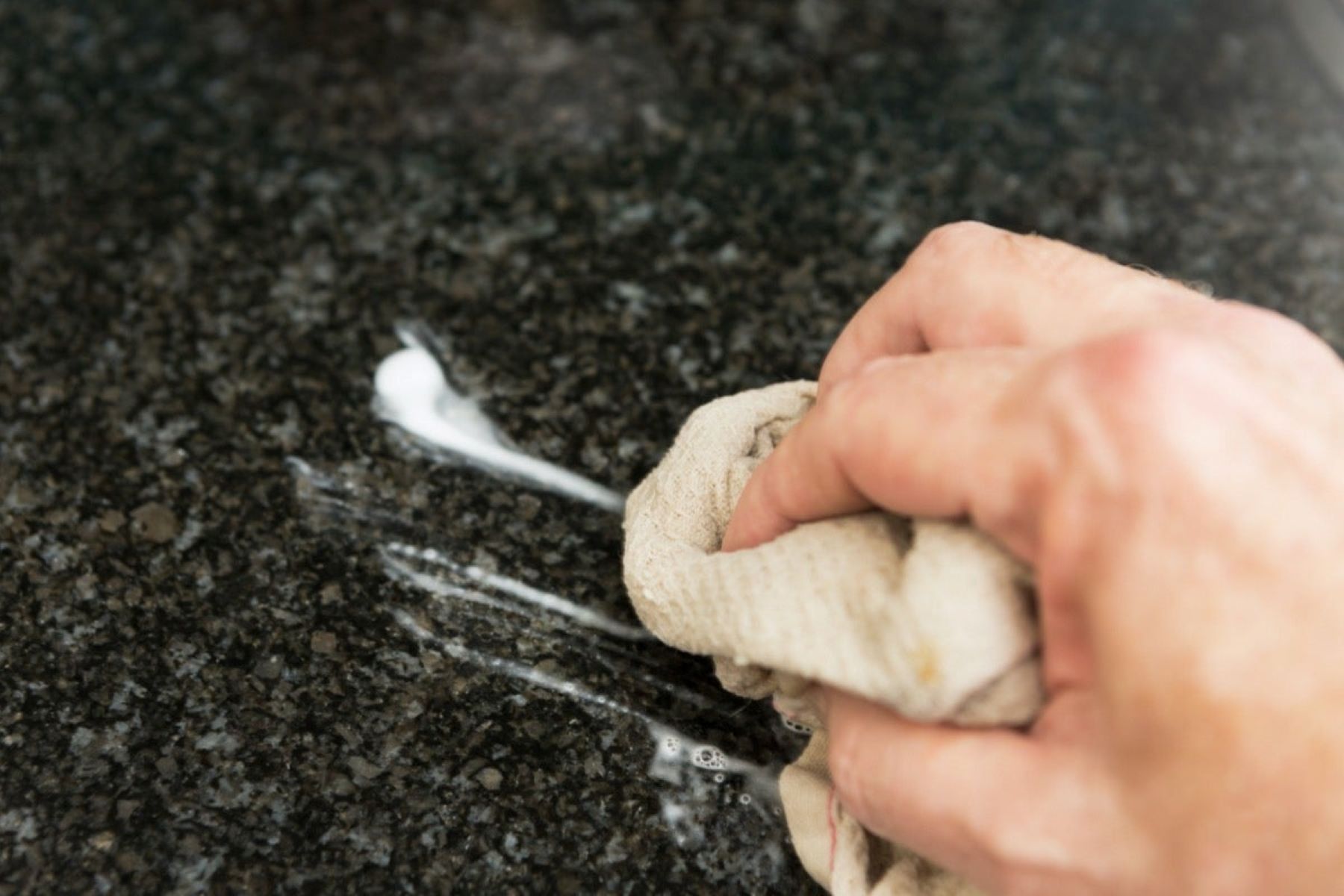
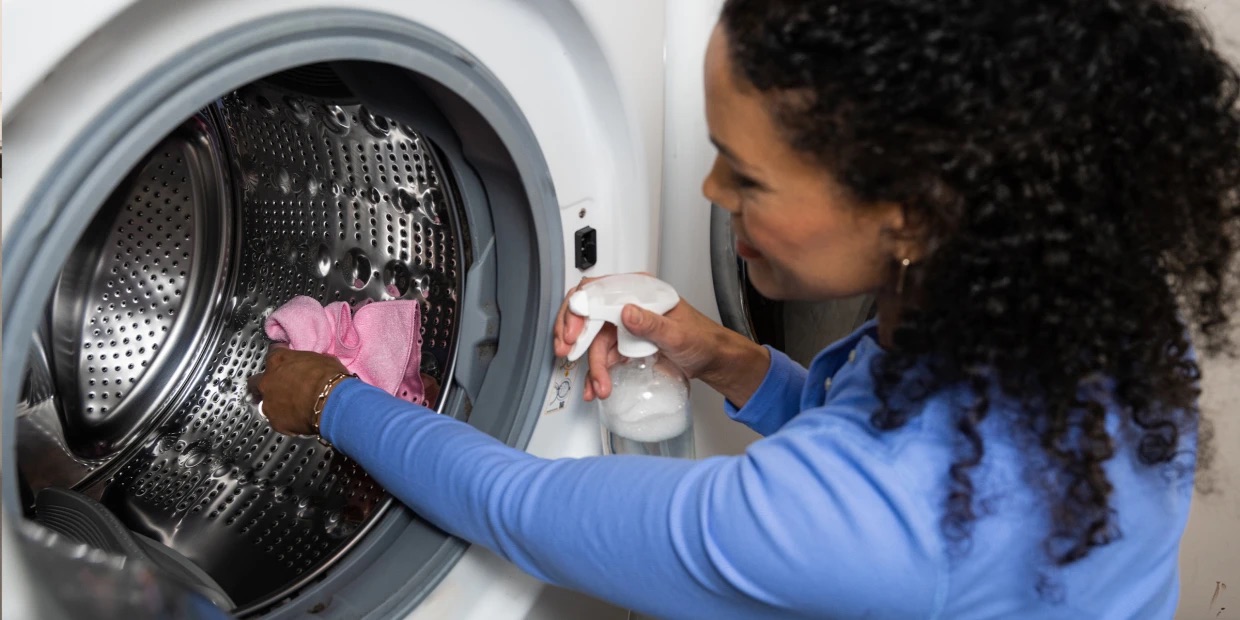
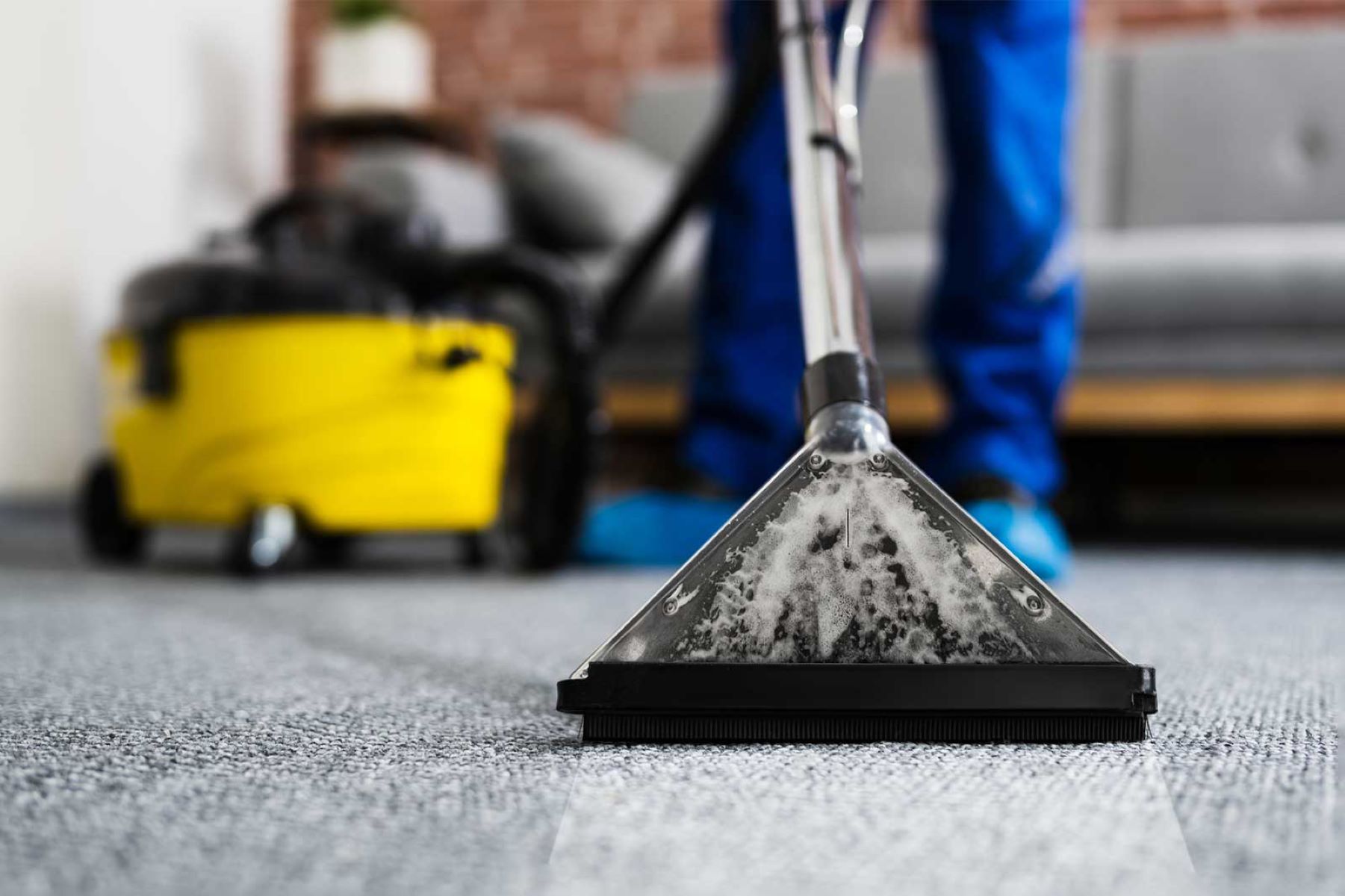

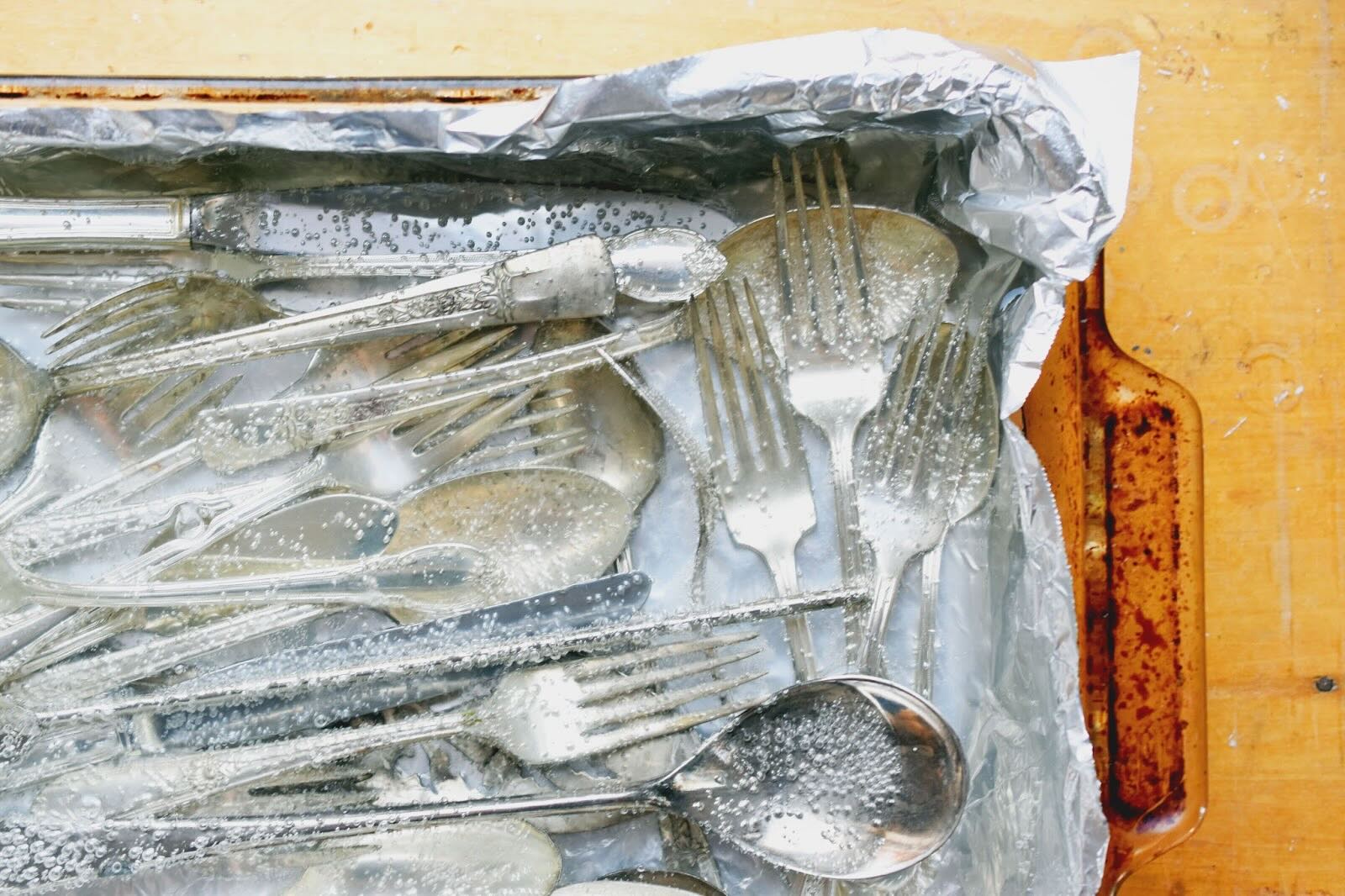
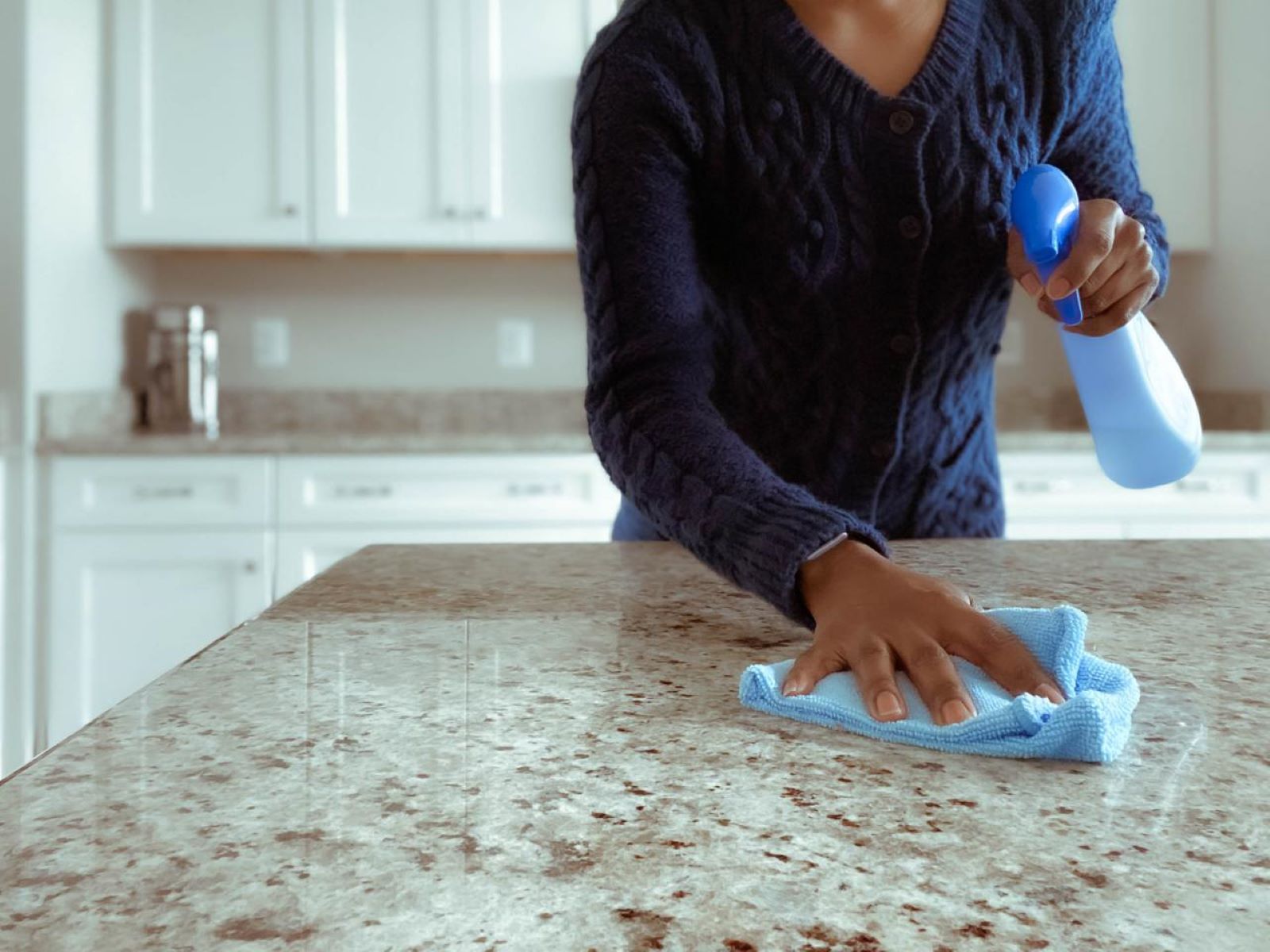
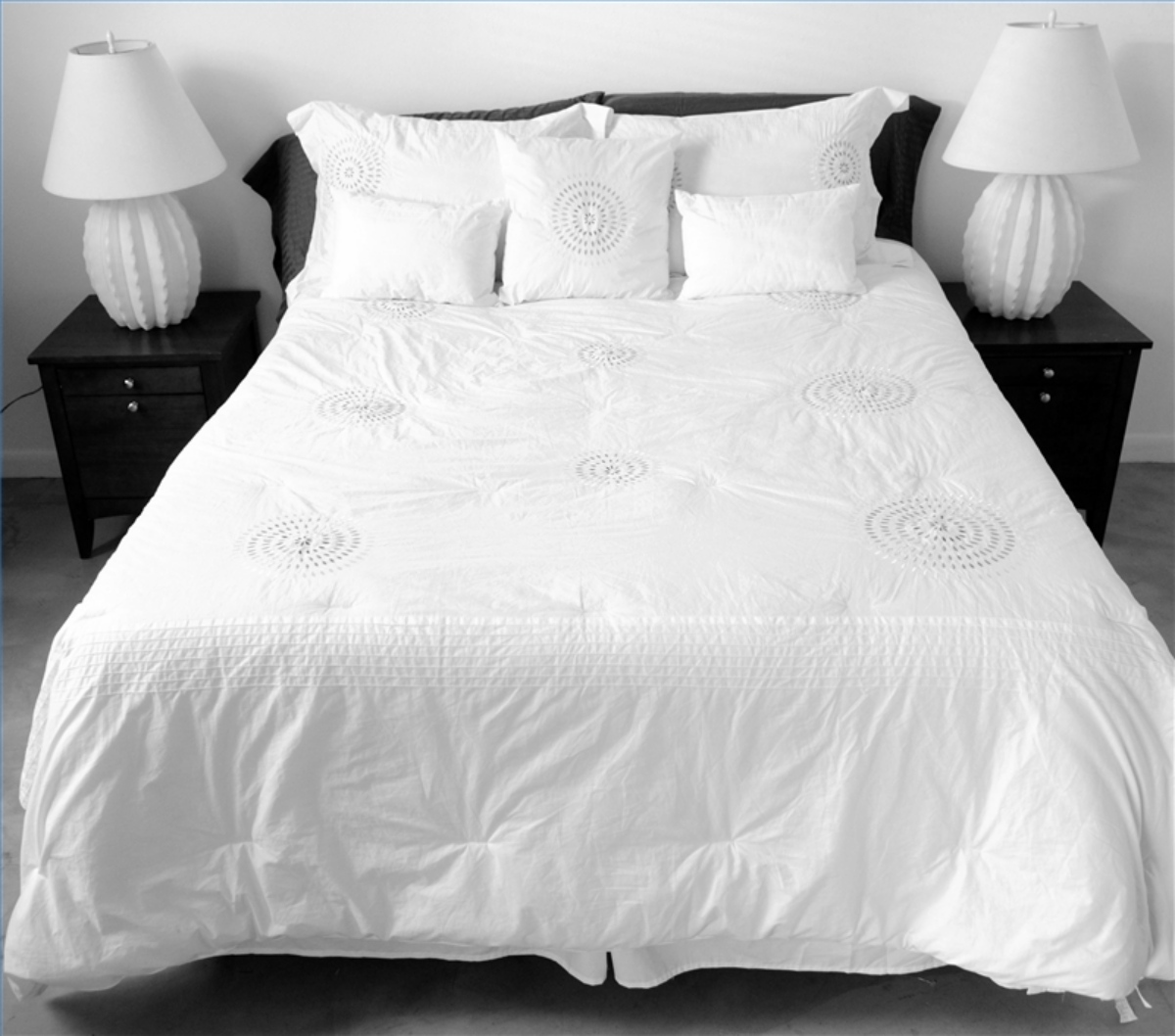
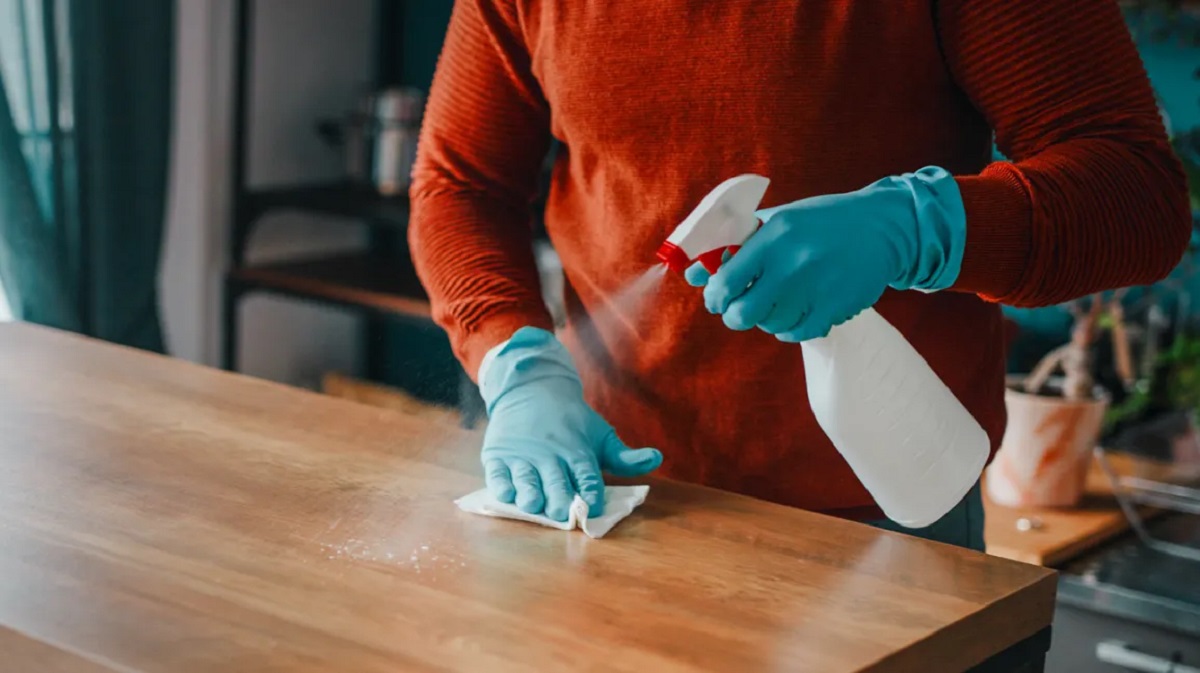
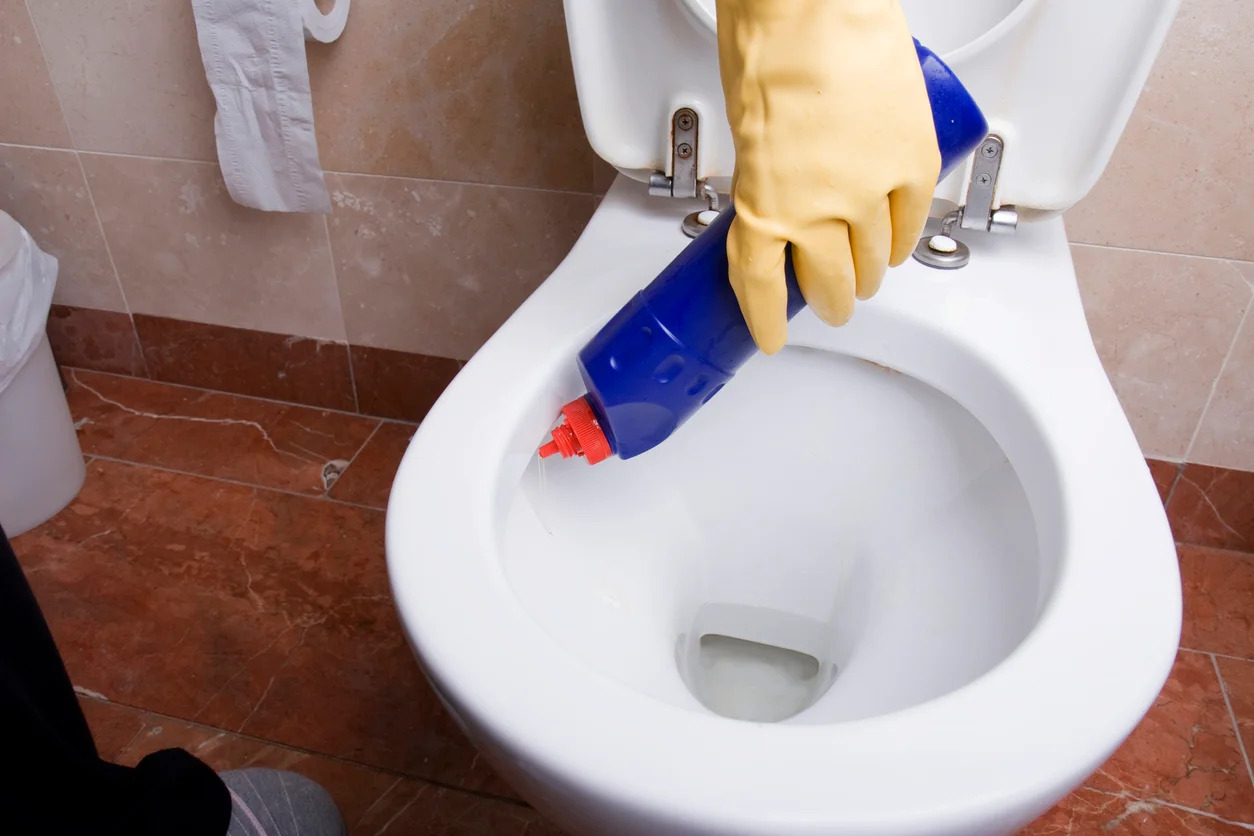
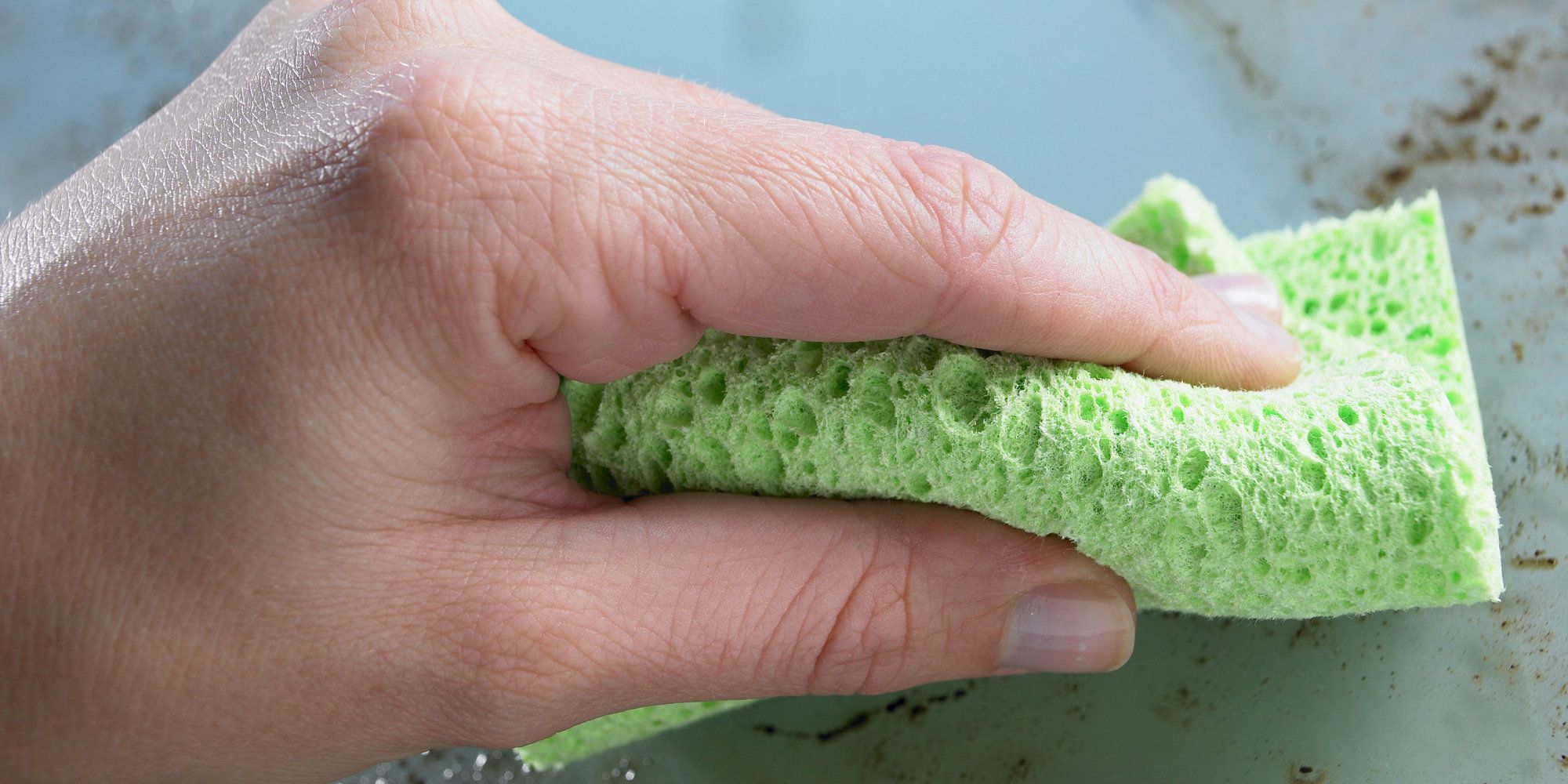

0 thoughts on “How To Disinfect A Toothbrush”